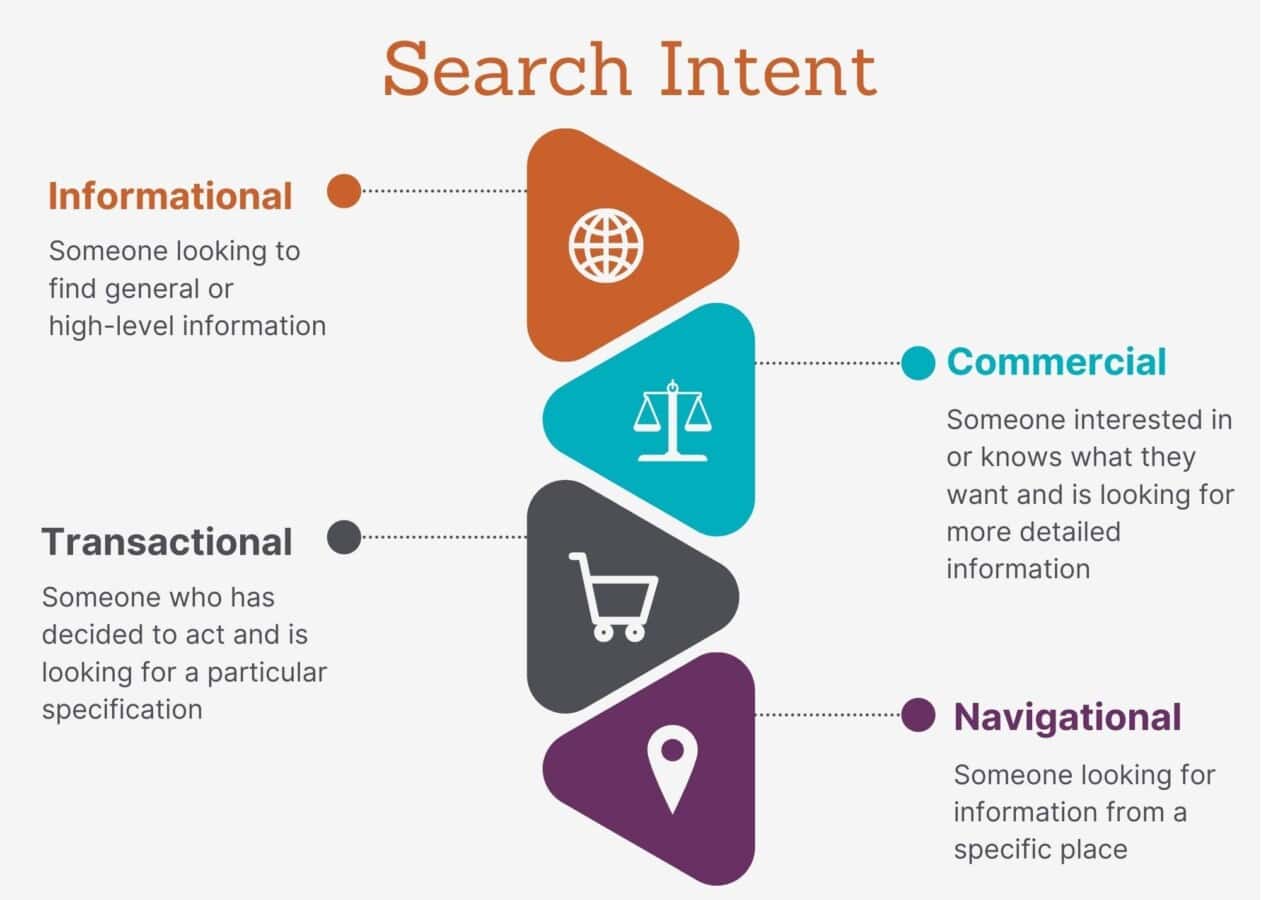Whether you are a B2B or a B2C company, customer needs are paramount. That’s why customer-centric companies are 60% more profitable than the ones that are not.
But, what are the customer needs? How do you identify these needs? How do you solve customer needs?
This article will answer all these questions and share some proven techniques to solve customer needs and win customer loyalty.
Table of Contents
What are Customer Needs?
Customer needs can be defined as the trigger that helps the customers make a purchase decision. A brand’s feature or benefit largely depends on the customer’s needs and affects their decision-making.
For example, a food joint may target customers at 12 noon with offers and deals on lunch. Why? Because the customers are looking for the best food joints to order lunch. But this isn’t enough for the buyer to make a purchase decision.
The type of food, location, and the amount of time are all factors that may affect the buyer’s decision and hence serve as the basis for the customer’s needs.
However, different brands may have different customer needs.
Also Read: How To Build Customer Intimacy & Drive Your Business Forward
The Different Types of Customer Needs
While there is some similarity between the product-based and service-based buyer’s persona, the difference between the two is significant.
As the buyer persona differs, so do the customer needs.
Product-Based Needs
- Functionalities: Customers need product functionalities in order to solve their problems.
- Price: 54% of customers consider price as one of the major aspects of the purchase. Hence, customer budget is one of the key factors affecting their decision-making.
- Experience: The customer experience should be easy and smooth so that they can use the product they want.
- Reliability: The product should be reliable and serve the customers’ needs whenever required the most.
- Efficiency: Your product should increase efficiency and reduce the learning curve.
- Compatibility: The product should be compatible with various other products that your customers are using.
- Design: Customers are always in search of a sleek design and an intuitive system in place to use.
Service-Based Needs
While product-based needs revolve around product features, service-based needs drive emotional triggers for the customers.
- Empathy: A brand that is more empathetic will retain more customers in the longer run.
- Transparency: The key to winning over the customers is to stay transparent with your pricing policy, refund terms, and in every other way.
- Information: Be it the new ones or the existing ones, the customers need information about the product or service they are using. Hence, educational blogs like knowledgebases, videos, and tutorials can make a significant difference.
Read also: The Top 10 Customer Engagement Metrics and How to Use Them
Why It Is Important To Identify Customer Needs
63% of consumers expect businesses to know their unique needs, while 76% of B2B buyers expect the same thing.
Even Steve Jobs said, “You’ve got to start with the customer experience and work backward to the technology”.

So, customer needs become a top priority when building a product or service. The more you understand the customer’s needs, the better you have a brand positioning.
Identifying the customer needs prior to a product launch or brand promotion can help with:
- Improving the product before launch: For many industries, the first impression can be the last. Conducting market research can help brands improve their product before the launch and create an effective USP to garner first impressions.
- Creating business goals and KPIs for employees: By identifying customer needs, the business can create better goals and set up KPIs for their sales and marketing.
- Reducing the volume of support tickets: Better understanding of customers means an intuitive customer experience and ultimately few support tickets. By building the products and services with the customer needs in mind, the customer support team has fewer issues to address.
Well, these are just some of the most significant benefits of identifying the customer needs before the product launch or even at the development.
There are other significant benefits of customer needs behind the curtains.
A Beginner’s Guide to Sales Lead Management & How to Win At It
How You Can Identify Customer Needs
Identifying customer needs involves deep market research around the industry and asking specific questions.
Here are some of the most effective ways to identify customer needs.
Use Focus Groups Method
A focus group technique involves interviewing your target audience. Some specific questions around the customer segments, buyer personas, touchpoints, and other metrics make the customer needs more concise.
In online marketing, the focus group method involves surveys and questionnaires around the industry.
Try Social Listening
Most brands use social listening to identify the trends, pain points, and opportunities in the market. It is a way to monitor the trends and hashtags or a recent topic to stay ahead of the competitors.
Brands leverage social listening to identify customer needs through social media platforms. Engage your audience in a topic or ask questions to gather more responses and capture better customer data.
Read also: Fun Social Media Engagement Posts: 6 Great Ideas
Perform Keyword Research
Keyword research has two benefits; first, it helps in identifying what most customers are searching for, and second, it helps in increasing organic traffic.
Using search data, keyword research can give you a broad picture of what your customers want. Leverage these keywords to go inside the mind of your customers.
Find what your customers are looking for. To master keyword research, you need to identify the intent behind the search.

How Your Business Can Solve Customer Needs
The best way to solve customer needs is by putting yourself in their shoes. Think about what would prevent your customers from purchasing your product.
Or what problems will you face before using the customer and how the product or service is going to change your life?
Different customers have different needs and you can’t solve everyone’s problem. But, the customer needs analysis can provide the common pain points and group them.
Here are some quick tips to solve customer needs.
1) Create a Company-Wide Messaging
Imagine the experience where the customers get caught up in the ‘he said, she said’ situation where different departments may differ in explaining the product features or benefits.
Such situations would confuse your customers, leaving behind a negative reputation for your brand.
Hence, it is crucial to create internal communication between different departments. By having the sales, support team and marketing teams on the same page, companies can easily understand the goals, values, and capabilities.
This will likely make your message more consistent across various departments.
Read also: What Are Capital Goods? Definition, Importance, and Examples
2) Foster Customer Relationships
Whether you have existing customers or new customers, fostering a relationship is vital. What happens after your customers have purchased from you?
Even after the conversions, businesses should know about their existing customer’s future needs. And that comes with better relationship building.
If your customers don’t hear about you often, they will lose the post-purchase excitement increasing the churn rate after their subscription cycle gets over. A lot goes into nurturing the relationship with your customer.

It is imperative to solve long-term customer needs and build a strategy around customer retention. These may include hosting local webinars, rewards, and gifts to employees, customer appreciation, and weekly update emails.

3) Convert Customer Feedback to Every Stage Of The Process
Customer feedback can be bliss for your business. Be it the positive or the negative, businesses can leverage it to enhance product features and solve customer needs.
Customer needs analysis methods such as customer satisfaction scores, customer surveys, social media polls, and feedback emails can help gather feedback data. This data can be used as a repeatable process which can enhance the customer experience at a later stage.
Whether you are receiving customer feedback on social media or any other review sites, these recommendations can be used in a repeated process making the customer experience a breeze.
Read also: Master Customer Data: A Guide to Capturing, Analyzing, and Using Customer Insights
4) Lay Down Instructions For Your Customers
Customer satisfaction does not come with an easier adoption stage. Imagine a customer purchasing a product or service only to find a steep learning curve with no instructions.
Hence, companies should have a post-purchase strategy that enables their product or service to be usable.
Using onboarding emails, walk-in tutorials, and knowledge bases, companies can limit the initial confusion and make the first experience better for the customers. Hosting live webinars for product updates, uses and eBooks can help avoid the floundering situation that the customers face.
Read also: What Is Buyer Intent and How To Use It to Your Marketing Advantage?
5) Provide Stellar Customer Support
Customer support can make or break the company’s reputation. You can have the best of the features but you can’t succeed without a stellar customer support team.

A customer support team connects customer needs with empathy using various channels of communication. While some customer needs are time-sensitive and need quick resolves, some might be meager.
The omnichannel strategies of the companies should revolve around solving customer needs through email, phone, social media, support tickets, and AI chatbots.
14 Creative Customer Engagement Strategies for Small Businesses
Conclusion
Customer needs are an endless pursuit of customer success. The needs may change from time to time and under covering these needs is critical.
The process can both be time-consuming and fruitless without a strategy and the right set of tools. EngageBay uses the right technology that makes the process of identifying customer needs robust.
EngageBay CRM connects the internal team through a single channel providing seamless communication. It has various tools for sales, marketing, and support team that provides more transparent customer data and better insights into customer needs.

